Escourolle and Poirier's: Manual of Basic Neuropathology
.jpg)

Title Details
7th Ed.
© Oxford University Press 2025
Douglas C. Anthony, MD, PhD; Umberto De Girolami, MD; Franck Bielle, MD, PhD; Danielle Seilhean, MD, PhD
ISBN-13: 978-0-19-766130-7
eISBN-13: 978-0-19-766132-1
Pathology, Neurology, Basic Sciences
Additional Details
Escourolle and Poirier's Manual of Basic Neuropathology has a long-standing tradition of providing complete and concise descriptions of the principal diseases of the nervous system, limiting clinicopathological correlations and pathophysiological considerations to the essential principles. With a target audience of professionals hoping to gain their first detailed understanding of the pathology underlying neurologic disease, the manual assumes that the reader has familiarity with the basic concepts of neuroanatomy, histology and general principles of pathology, as well as the basic principles of clinical neurology. As a result, the manual has been very popular with physicians wanting a brief introductory text, including residents in pathology, neurology, neurosurgery, and psychiatry. The Manual is also popular with staff pathologists and neurologists, neuroscientists, and even some medical students with interests in clinical neurosciences.
In the face of remarkable advances in basic neuroscience, molecular biology, and genetics, which are fields of research that have direct impact on neuropathology, the seventh edition provides a critical update that incorporates the most recent molecular definitions. The Manual does not emphasize radiological images, as this information is available elsewhere. Rather, it describes the pathologic characteristics of neurologic disease, with extensive macroscopic illustrations and whole-brain sections. Progress in molecular biology and genetics has revolutionized the laboratory diagnosis of many groups of neurological diseases. The classification of neurologic disease often includes molecular markers, and as a result, the content of molecular and genetic data is included whenever it is required for neuropathological classification.
The seventh edition now includes immunohistochemical in situ identification of abnormal proteins, or abnormal distribution of proteins in neuropathology. Gene sequencing or mutated constructs permits the identification of specific gene mutations and has led to considerable advances in the understanding and classification of degenerative, neoplastic and developmental diseases. In fact, molecular and genetic data are now a crucial component of the defining criteria for the diagnosis and classification of intracranial tumors, data that is essential for the neuro-oncologist, neurosurgeon, and radiation therapist to determine prognosis and optimal personalized treatments. The classification of brain tumors has also been updated by the World Health Organization in 2021.
Genetic data have also completely changed the understanding, classification and diagnosis of hereditary metabolic disorders, as well as many classes of myopathies and neuropathies. Newly emerging diseases in the Seventh Edition include chronic traumatic encephalopathy associated with repeated head trauma, late-onset cognitive disorders including PART and LATE, and new viral syndromes including COVID and Zika virus. Throughout, the Manual draws on a world-wide expertise, with authors from four continents collaborating to provide a remarkable breadth of experience.
The manual is designed to help physicians-in-training (residents, fellows, and medical students) in the fields of neurology, neurosurgery, and pathology understand and get familiar with basic concepts and principles of the highly specialized discipline of neuropathology. More than 30 world-renowned experts from the fields of neuropathology and neurology have contributed to the chapters in this book.
Doody's Review
"This has long been regarded as an essential book for introductory neuropathology, and this sixth edition continues that tradition. Several aspects of this book make it stand out...
It is an essential book for trainees, neuropathologists, and any general pathologists or clinicians with an interest in neuropathology.
"
-- Kyle Conway, MD (University of Michigan Medical School) Doody's Review
" Overall, with its comprehensive but authoritative description of most of the neuropathological conditions that physicians in training might encounter in routine practice, this book is an invaluable tool with numerous high quality pictures and clear, concise discussions. It is also inexpensive and compact compared to other neuropathology books and can be a useful tool in board preparation. This update was essential given the recent changes in the fields of neurology, pathology, and neurosurgery over the past decade."
-- Deepthi Rao, MBBS (MD) (University of Kansas Medical Center) Doody's Review
Score: 100/100
Stars: 5


Table of Contents
Similar Resources

The Power of A Digital Library
TDS Health titles provide the latest healthcare information in a customizable and convenient format. STAT!Ref goes where you go, accessible by desktop, laptop, wireless or web-enabled mobile devices. Harness the power of learning in you hands.






